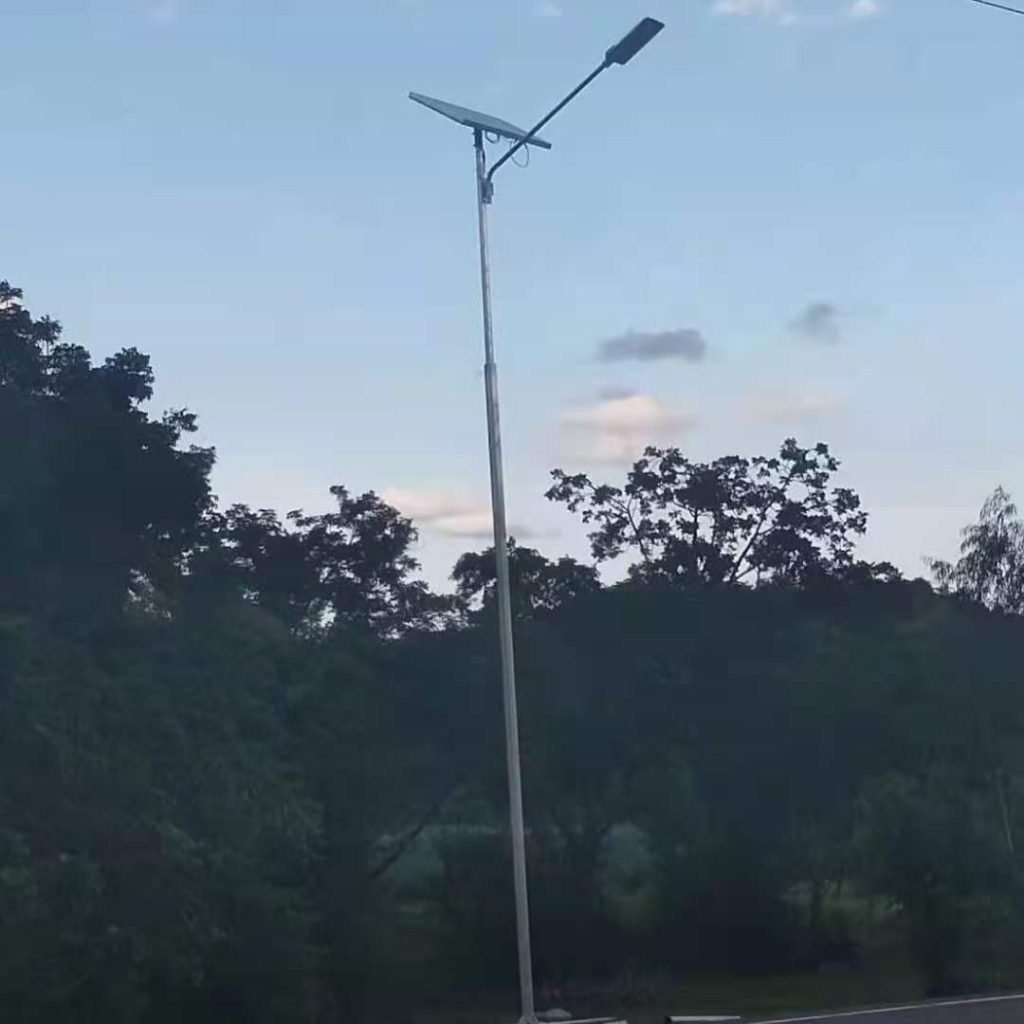The solar Led Street Light system is an independently operated photovoltaic system, which consists of six parts: solar battery, storage battery, LED street light, charging circuit, discharge/drive circuit, and controller.
The battery is one of the important parts of the hybrid system in the solar LED street lamp system, so its remaining charge capacity (SOC) also has a significant impact on the stability of the system. The solar LED street lamp system is under the control of the controller. During the day, the solar battery charges the battery through the charging circuit, and the battery discharges at night to drive the LED street lamp, so the design of the controller is very important. If the battery is often over-discharged or over-charged, the battery life will be greatly shortened.
In response to this problem, the segmented multi-point monitoring method can be used to monitor the charge/discharge method of the remaining charge capacity (SOC) of the battery. During the discharging process, just like the controller during the charging process, the segmented multi-point monitoring can be used in different Different widths of PWM signal output control are used in the different stages, which effectively avoids over-discharge.
Finally, the hardware of the solar controller and the control software of the system are designed. When a large number of independent operation of solar LED Street Lights are used, it is necessary to know the operating status of each street light in time and accurately, so a networked solution based on CAN bus is designed. The design realizes the CAN bus hardware interface on the street lamp controller, and also realizes the host computer monitoring.



